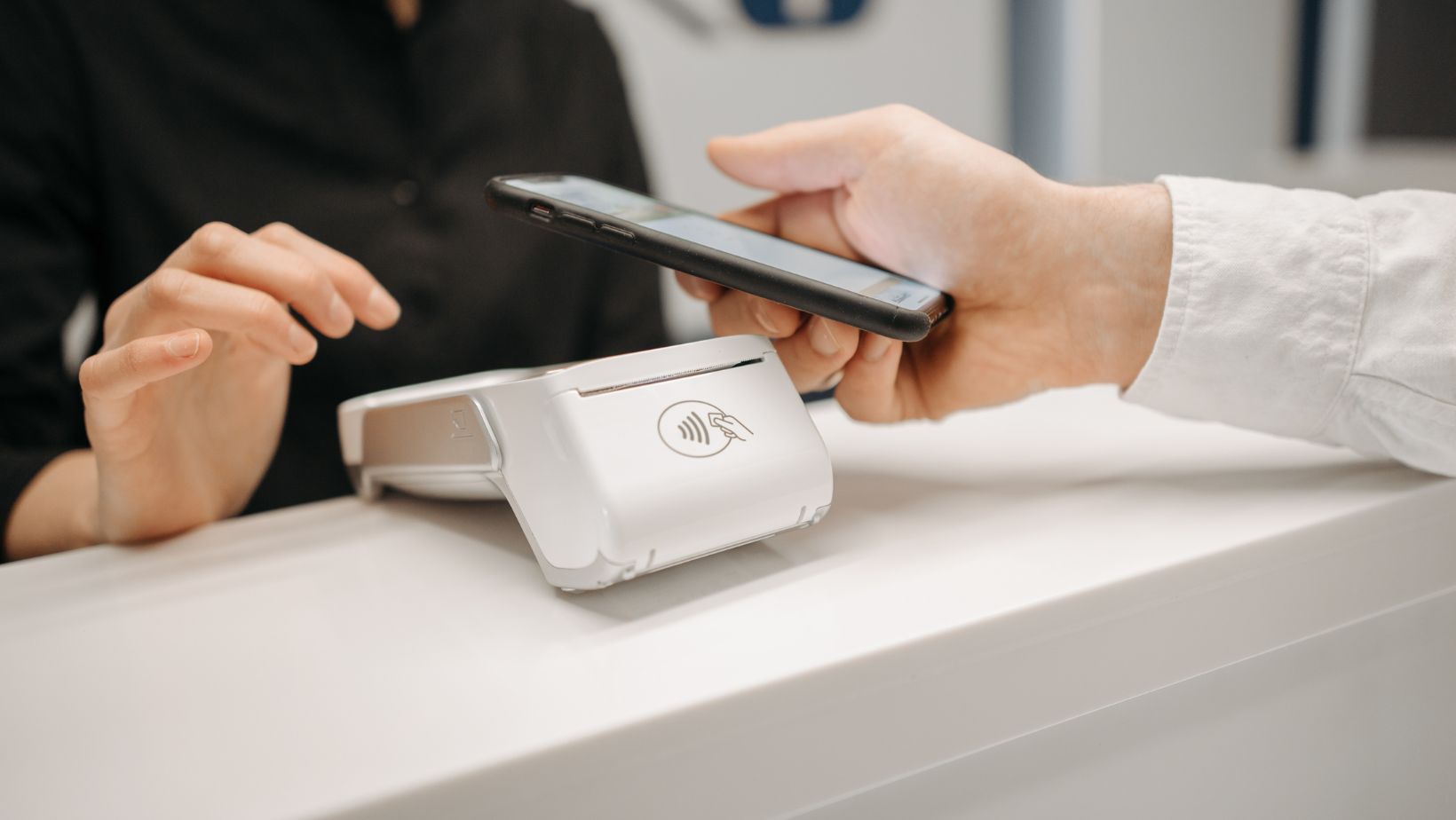
At the heart of this transformation is a wave of digital payment platforms, from mobile wallets to contactless cards. Even cryptocurrencies and exchanges like a Singapore crypto exchange are playing a part in redefining how people and businesses handle money.
Singapore’s goal? To become one of the most digitally advanced economies in the world.
The Government’s Vision: Smart Nation Initiative
Singapore’s move toward a cashless society is deeply tied to its broader ambition to become a “Smart Nation.” This government-led initiative aims to leverage technology to improve the daily lives of its citizens and make the economy more efficient and innovative.
A major component of this initiative is the digitization of financial services. The government has been actively encouraging the adoption of digital payment systems to reduce the need for physical cash.
Blockchain and cryptocurrency also play a role in this futuristic vision. Singapore’s proactive stance on blockchain technology aligns with its push for financial innovation, opening the door for digital currencies to become a bigger part of its cashless future.
Digital Payments Leading the Way
In the last few years, Singaporeans have embraced digital payments with open arms. It’s no longer just about credit cards — now, you can pay for your daily coffee or MRT ride using mobile apps like PayNow, GrabPay, or Google Pay. Even street vendors at local hawker centers are equipped with digital payment systems, making it easier than ever to leave your cash at home.

This widespread adoption has been driven by convenience, security, and a little bit of government encouragement. It’s not just for the tech-savvy younger crowd — businesses are making it easy for everyone, including the elderly, to jump on board the cashless train.
The Role of Cryptocurrencies in a Cashless Future
As digital payments continue to reshape daily transactions, cryptocurrencies are slowly entering the conversation as a potential cornerstone of Singapore’s cashless society. Platforms like Binance Singapore are making it easier for people to buy, sell, and trade digital currencies.
While cryptocurrencies like Bitcoin and Ethereum aren’t yet mainstream payment options, they’re starting to gain traction as a legitimate form of digital currency. The government’s openness to exploring blockchain technology and crypto regulations signals that digital currencies could play a bigger role in Singapore’s financial future. For now, crypto remains an exciting prospect for those looking to embrace the digital economy.
The Rise of Mobile Payments and QR Codes
A big part of Singapore’s cashless revolution can be credited to the rapid rise of mobile payments and QR code technology. Walk into any cafe, take a taxi, or shop at your local grocery store, and you’ll likely see the familiar sight of QR codes at checkout counters. With a quick scan, a simple transaction is completed — no cash required.
Mobile apps like GrabPay, PayNow, and FavePay have made this shift easier than ever. By linking your bank account or card to the app, you can pay for anything with a few taps on your phone. QR codes are a favorite among businesses because they’re cheap and easy to implement, even for small stalls or mom-and-pop shops.
Challenges of Going Fully Cashless
While the move toward a cashless society seems smooth on the surface, there are a few bumps in the road. For one, not everyone is comfortable with technology, particularly older generations who might struggle with using smartphones or digital payment platforms.

While the government is making efforts to include them in this digital shift, there’s still a divide that needs to be bridged.
Another challenge is cybersecurity. With more transactions happening online or through mobile devices, the risk of fraud or hacking becomes a concern. The Singapore government, alongside fintech companies, is working to implement strong security measures, but building trust takes time.
The Benefits of a Cashless Society
Despite the challenges, the benefits of going cashless are hard to ignore. For starters, it’s incredibly convenient — no more worrying about whether you have enough cash on hand. Digital payments are also faster, meaning shorter wait times and more efficient transactions.
A cashless system also promotes financial transparency, making it easier for businesses and the government to track transactions and prevent illegal activities like money laundering. On a larger scale, it reduces the costs associated with printing, distributing, and managing physical currency. Not to mention, it’s a greener option, helping cut down the use of paper and other resources tied to cash production.
The Future of Singapore’s Cashless Journey
The nation is already well on its way, but there’s still room for more innovation. In the coming years, expect to see even more advanced payment technologies like biometric payments (think fingerprint or facial recognition) and greater integration of blockchain into mainstream financial systems.
All in all, Singapore is setting a global example with its push towards a cashless society — one that’s efficient, secure, and future-focused. The road ahead is full of potential, and the future looks decidedly digital.















